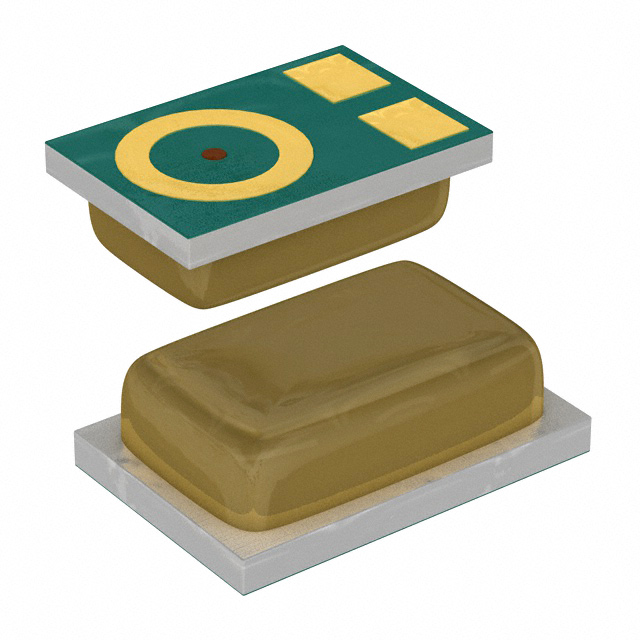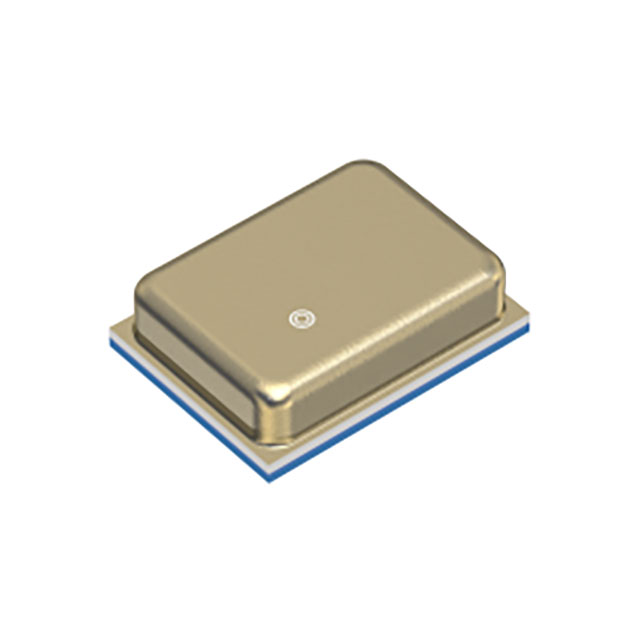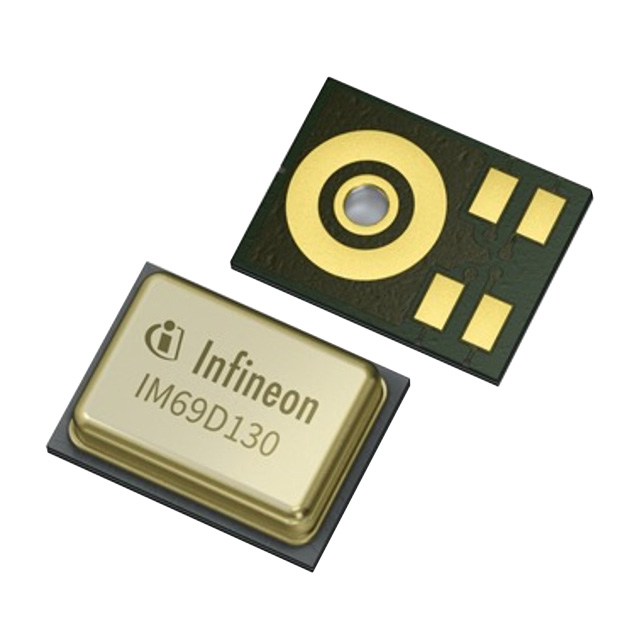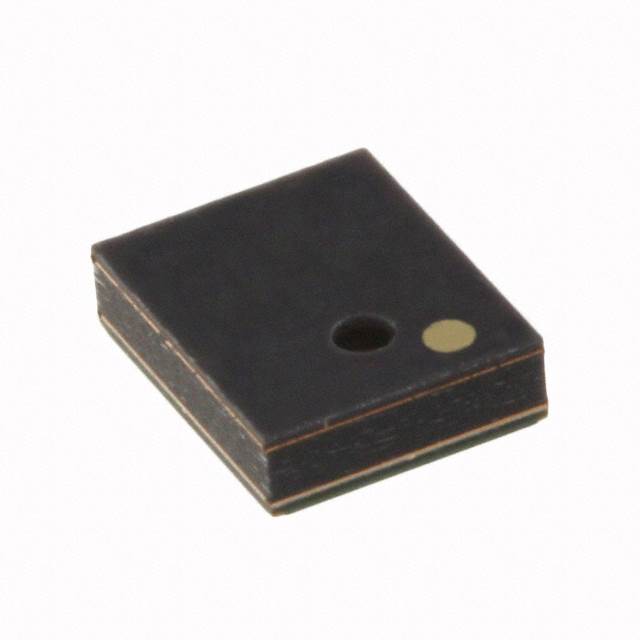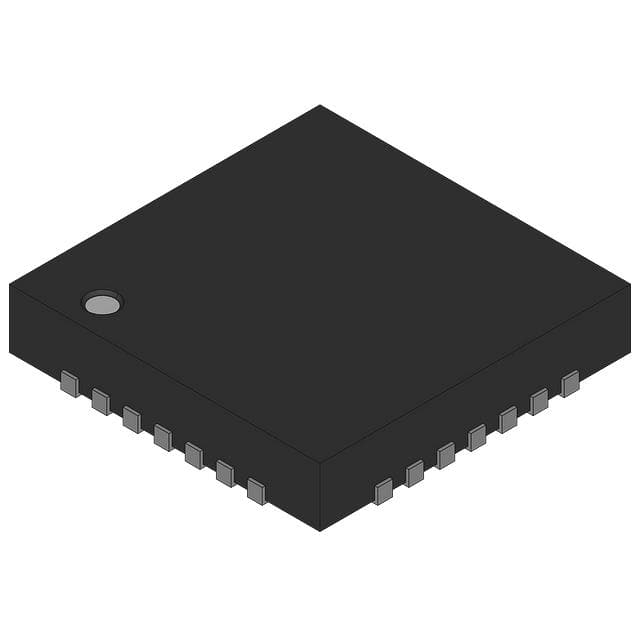Why PCB controls 50 ohm impedance
single-ended network in the design is generally controlled by 50 ohms, so many people will ask, why is it required to be controlled by 50 ohms instead of 25 ohms or 80 ohms? First of all, 50 ohms is selected by default, and everyone in the industry accepts this value. Generally speaking, it must be a standard set by a recognized organization, and everyone designs according to the standard.
Using the reference clock to realize serial communication data recovery of Cyclone10LP devices
In the non-source synchronous low-speed serial data communication scenario, the clock frequency of the communication counterpart may be biased, which may cause the data receiving end to be unable to accurately sample. In this case, the SOFT-CDR and DPA functions in the high-speed transceiver or LVDS serdes of high-end Altera devices can effectively solve this problem.
CR2032 vs CR2450 batteries: Which one is better for your device?
Many daily devices use CR2032 and CR2450 batteries because of their small size and reliable performance.
7408 Integrated Circuit: A Classic TTL (transistor-transistor logic) Type IC
The 7408 integrated circuit is a classic TTL (transistor-transistor logic) type IC, which is widely used in various digital circuits. It contains four 2-input AND gates, each with two inputs and one output, for performing logical AND operations.
What is Transistor hFE
hFE, also known as current gain or β (Beta), is an important parameter of the transistor, which represents the ratio between the base current and the collector current. It describes the gain capability of a transistor when amplifying current.
IGBT vs. MOSFET: A Comprehensive Comparison of Features
Both IGBTs and MOSFETs are important semiconductor devices that are widely used in power electronics, switching power supplies, and other high-power control systems. They can both be used to control the flow of current, but their operating principles, characteristics, and application scenarios differ.
WiFi 7 vs WiFi 6: Wireless Network Routing Comparison
WiFi 7 (802.11be) and WiFi 6 (802.11ax) are both wireless network communications standards, but they have significant differences in performance, spectral efficiency, latency, and the number of devices they support.
ENIG vs ENEPIG PCB: Explore the Difference
The choice of PCB surface finish is more than just a detail; it determines the performance and lifespan of the PCB. The versatile and robust Electroless Nickel Electroless Palladium Immersion Gold (ENEPIG) and the reliable and classic Electroless Nickel Immersion Gold (ENIG).
The automotive crystal oscillator FA-238A is the preferred choice for car Bluetooth
Epson FA-238A is a high-performance quartz crystal oscillator widely used in automotive, industrial and consumer electronics fields. It is particularly suitable for automotive-grade and high-reliability applications, with excellent temperature stability, low power consumption and high precision.
What are the differences between tantalum capacitors and ordinary capacitors
Tantalum capacitors are often used in high-precision circuits due to their high reliability, stability and small size, but due to their high price and polarity requirements, special attention should be paid to the connection polarity during design.
What is a clamping diode? Principle, function and application analysis
Clamping diodes are a common electronic component, also known as protection diodes or baropendulum diodes.
Four Common Topological Approaches to Powering LEDs
There are many topologies that can be used to power LEDs. As you probably already know, you need to first identify your design requirements before you start selecting, or you may end up with a design that is less than ideal or, worse, not guaranteed to work properly over the long term.
Regionalization Trend of Global Electronic Component Manufacturing: The Impact of Multinational Joint Ventures and Supply Chain Diversification
As global supply chain pressure increases, more and more electronic component companies are establishing production bases in places such as India and Southeast Asia, promoting the regionalization of supply chains.
US CHIPS Act 2024 in-depth implementation: How to reshape the global semiconductor supply chain and the future of technology
In August 2024, as the CHIPS Act is further promoted, the United States strives to localize the semiconductor industry and reduce external dependence. This strategic transformation is reshaping the global chip supply chain and is crucial to the future development of emerging technology fields such as AI and big data. This article deeply analyzes how the CHIPS Act reshapes the global supply chain and brings key industry impacts.
Hisense TVs sold out in Walmart on Black Friday
During this year's Black Friday promotion, Hisense TVs once again became a hot-selling product in the United States. Recently, a large number of videos of Americans rushing to buy Hisense TVs appeared on social media.
Using the reference clock to realize serial communication data recovery of Cyclone10LP devices

In the non-source synchronous low-speed serial data communication scenario, the clock frequency of the communication counterpart may be biased, which may cause the data receiving end to be unable to accurately sample. In this case, the SOFT-CDR and DPA functions in the high-speed transceiver or LVDS serdes of high-end Altera devices can effectively solve this problem. However, for mid-to-low-end devices such as Cyclone IV or Cyclone 10LP, they have neither high-speed transceivers nor LVDS serdes that support SOFT-CDR and DPA functions, so we need to design logic to realize serial data recovery.
The trick of this design is to use the reference clock of the receiving end, and oversample the received data by 8 times by the rising and falling edges of the two clocks with a phase shift of 0° and 90°, and then use logic to determine how to select a stable clock domain, and use the data sampled in this clock domain as reliable data.

Figure 1
As shown in Figure 1, the first trigger is sampled by the rising edge of CLK described as time domain A, the second trigger is sampled by the rising edge of time domain B, i.e. CLK90, the third trigger is sampled by time domain C, i.e. CLK falling edge, and the fourth trigger is sampled by time domain D, i.e. CLK90 falling edge.
Of course, in order to eliminate metastability, it is definitely not enough to use only one level of sampling. It is necessary to perform four levels of sampling on these four triggers to eliminate metastability, as shown in Figure 2:

Figure 2
After we perform trigger sampling step by step according to Figure 2, we name the third level triggers AZ(2), BZ(2), CZ(2), and DZ(2); and the fourth level triggers AZ(3), BZ(3), CZ(3), and DZ(3).
After the data is sampled at four levels in four clock domains, a combinational logic is performed, as shown in Figure 3:

Figure 3
According to Figure 3, after performing XOR, AND/NAND logic in turn, the data AAP, AAN, BBP, BBN, CCP, CCN, DDP, and DDN are obtained in turn through the trigger;
After that, a reliable clock domain judgment is required, that is, the clock domain with the most stable sampling data is selected:

In actual situations, we may encounter: for example, the clock frequency of the data transmitter is 401MHz, while the local sampling clock frequency is 400MHz, or vice versa, the transmitter is 400MHz, while the local is 401MHz; through simulation, it is found that in this case, the judgment result will change periodically, that is, the clock domain judged to be stable may change from D to A after a period of time, but this does not matter. According to the clock domain judged to be the most reliable, the actual data obtained in the end must be correct.
Since the judgment result of the reliable clock domain will change, we need to design a small piece of logic to filter the data, as shown in Figure 4:

Figure 4
The main purpose of this design is to find the most reliable clock domain that can stably sample data, even if this clock domain may change dynamically due to the clock frequency deviation of the communication peer, the sampling data based on this clock domain is stable and reliable. At present, based on the hardware of an industrial customer, I have verified the serial communication of data based on 10CL010YU256C8G and 10CL016YU256C8G, and tested the pseudo-random code communication for a long time, and the bit error rate is 0; the relevant products of this customer have been mass-produced. Of course, for more reliable communication quality, we will also add 8B10B codec modules to actual products.
